These Are The Sneakiest Sources Of Added Sugar When You’re Eating Out
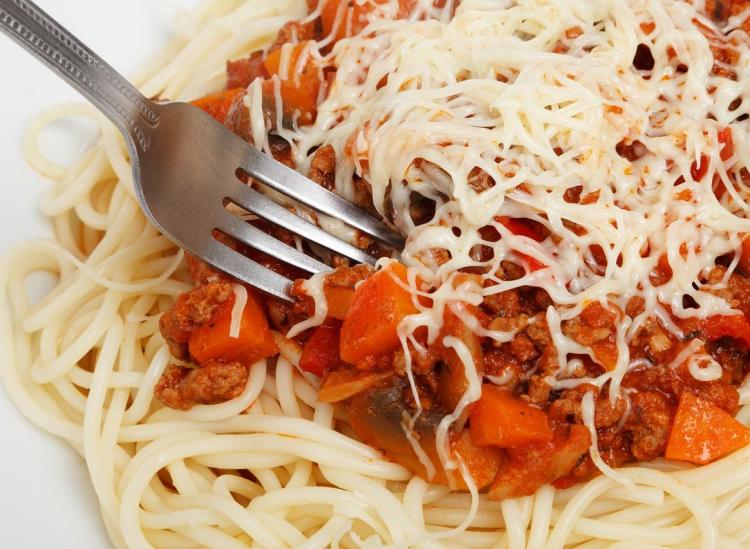
Pixabay
Most of us know about the dangers of added sugar by now, right? It dumbs down the nutritional profile of our food, it leads to weight gain and it wreaks havoc on our teeth, to name a few of its unfavorable effects. Avoiding added sugar can be a fairly easy thing to do when we prep meals in our own homes and read ingredient labels to prevent buying it at the supermarket by accident, but eating out is a totally different ballgame.
We can occasionally ask, “Can you tell me if the chef adds sugar to that sauce?” but no one wants to be that person at the dinner table every single time he or she dines out. So here’s a cheat sheet of some of the sneakiest sources of added sugar at restaurants and how to avoid them.
1. That Amazing Table Bread
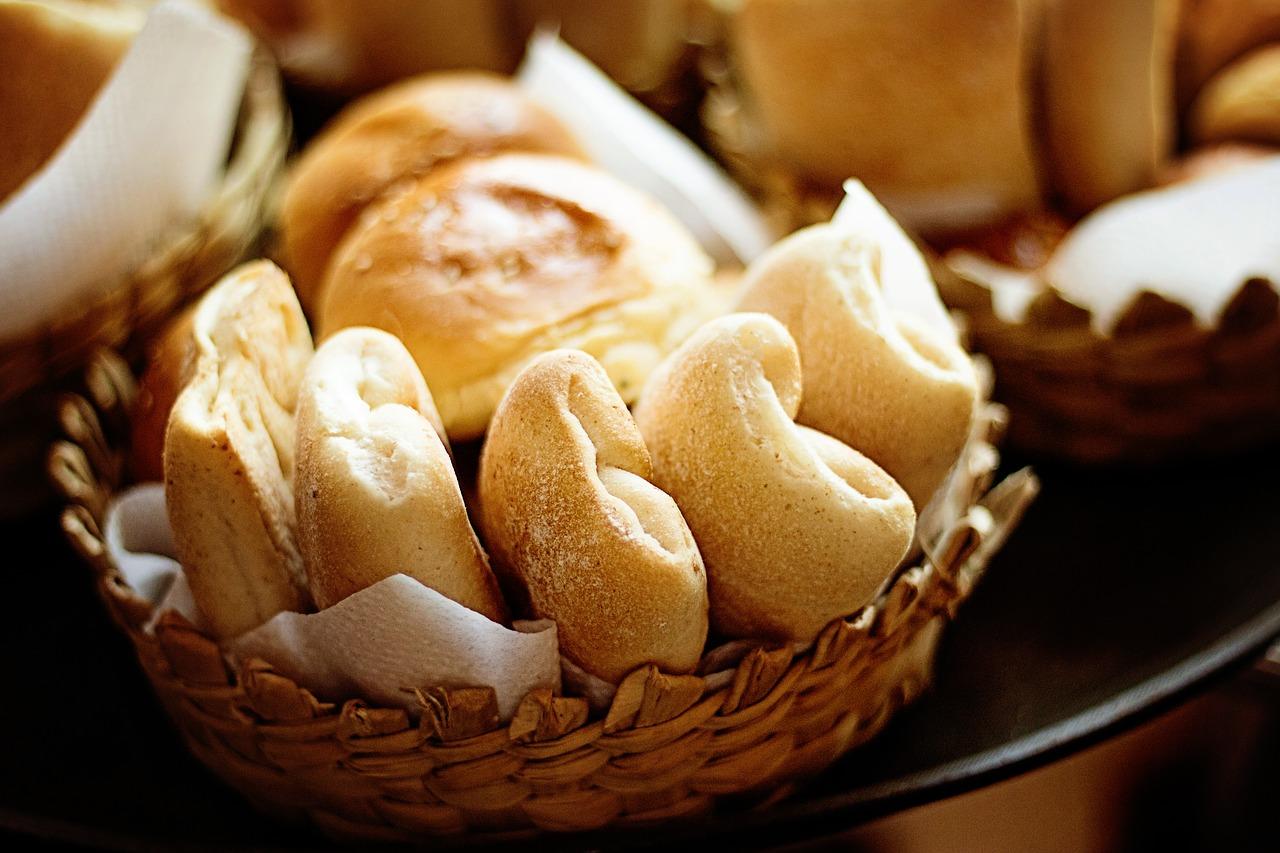
Pixabay
How many restaurants do you love for their free table bread? You’re not alone. But if you’re eating leavened bread, you’re most likely eating added sugar since it’s used to activate the yeast prior to baking. It’s probably the least offensive amount of added sugar on this list, but we would feel like cheaters if we hid this from you. To avoid this sugar sneak, kindly ask your waiter to hold the bread and order a cheese and olive plate as an appetizer instead.
2. Your Salad Dressing
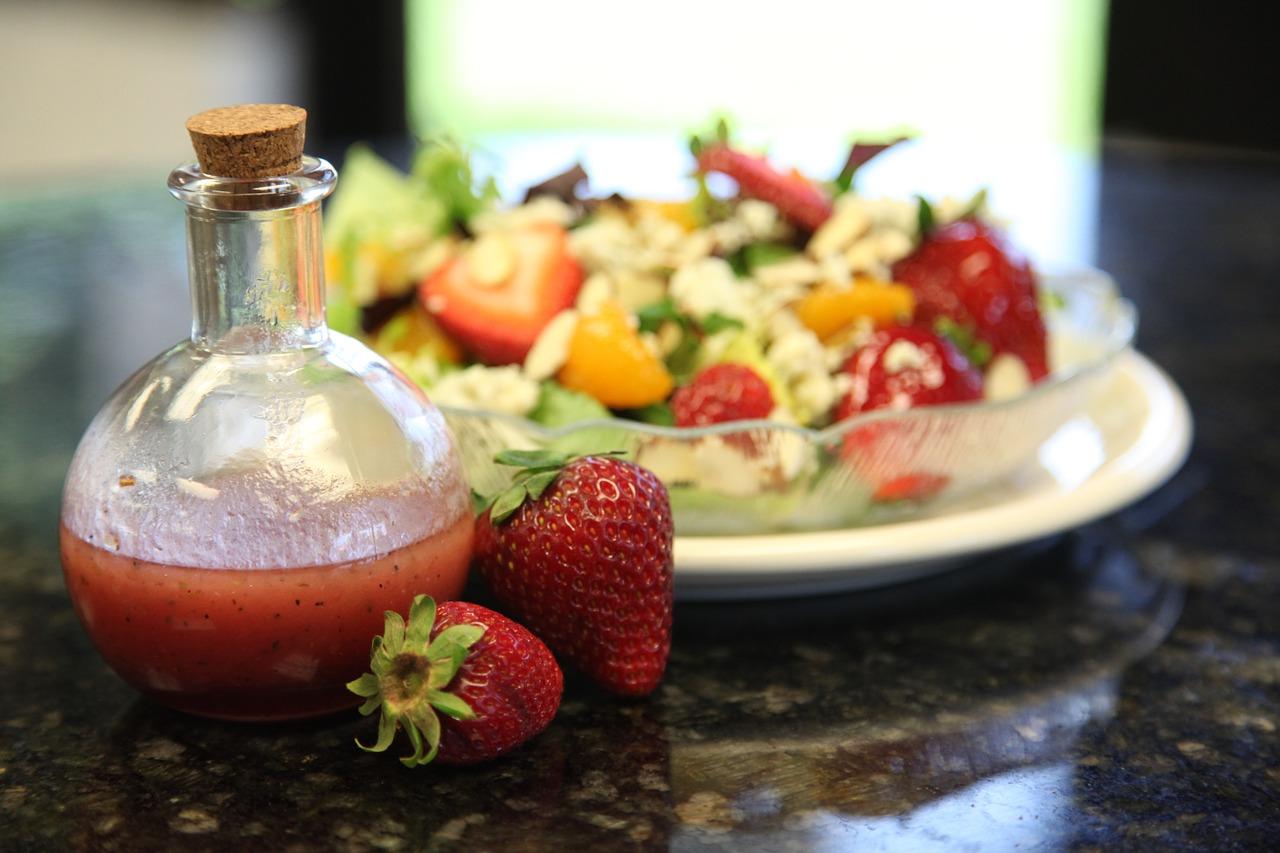
Pixabay
Housemade dressings taste delicious, but they can be big offenders on the added sugar list. Luckily, there are simple solutions here. Request the chef serve the dressing on the side, and then opt for you own combo of olive, oil, vinegar and lemon juice (the majority of restaurants will have all three and provide them without so much as a second thought).
3. The Batter Used In Frying Your Apps
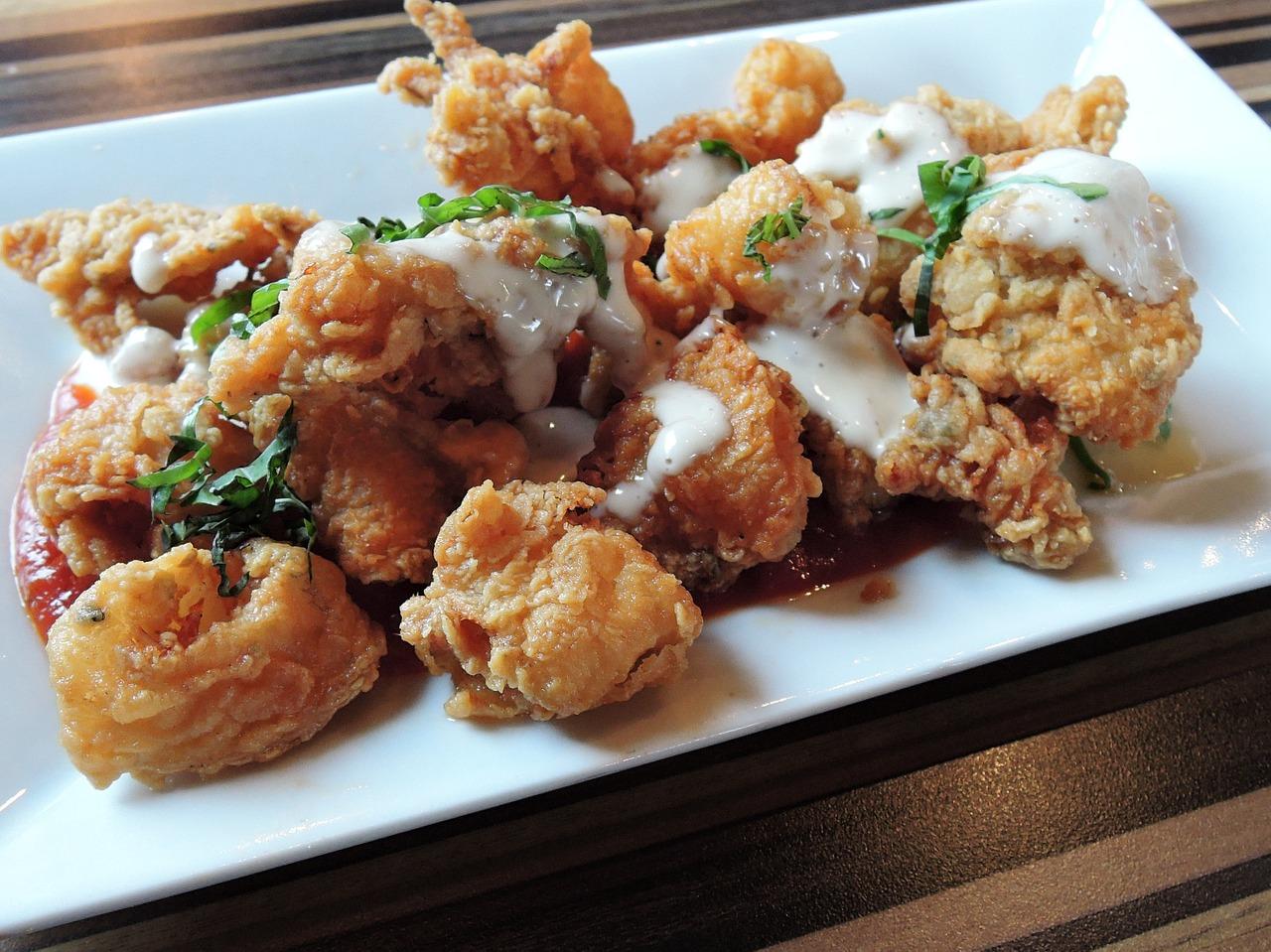
Pixabay
Surprise! You probably can’t taste the sugar in this one as much, but the combination of sugar, salt and fat in fried foods is what makes them so damn tasty. Many batters include a fair amount of sugar to find that perfectly desirable flavor, and onion rings in particular, harbor a dangerous amount of sugar in their crispy coatings. So skip your old fried friends and opt for the steamed, roasted or grilled versions instead.
4. Most Red Pasta Sauces
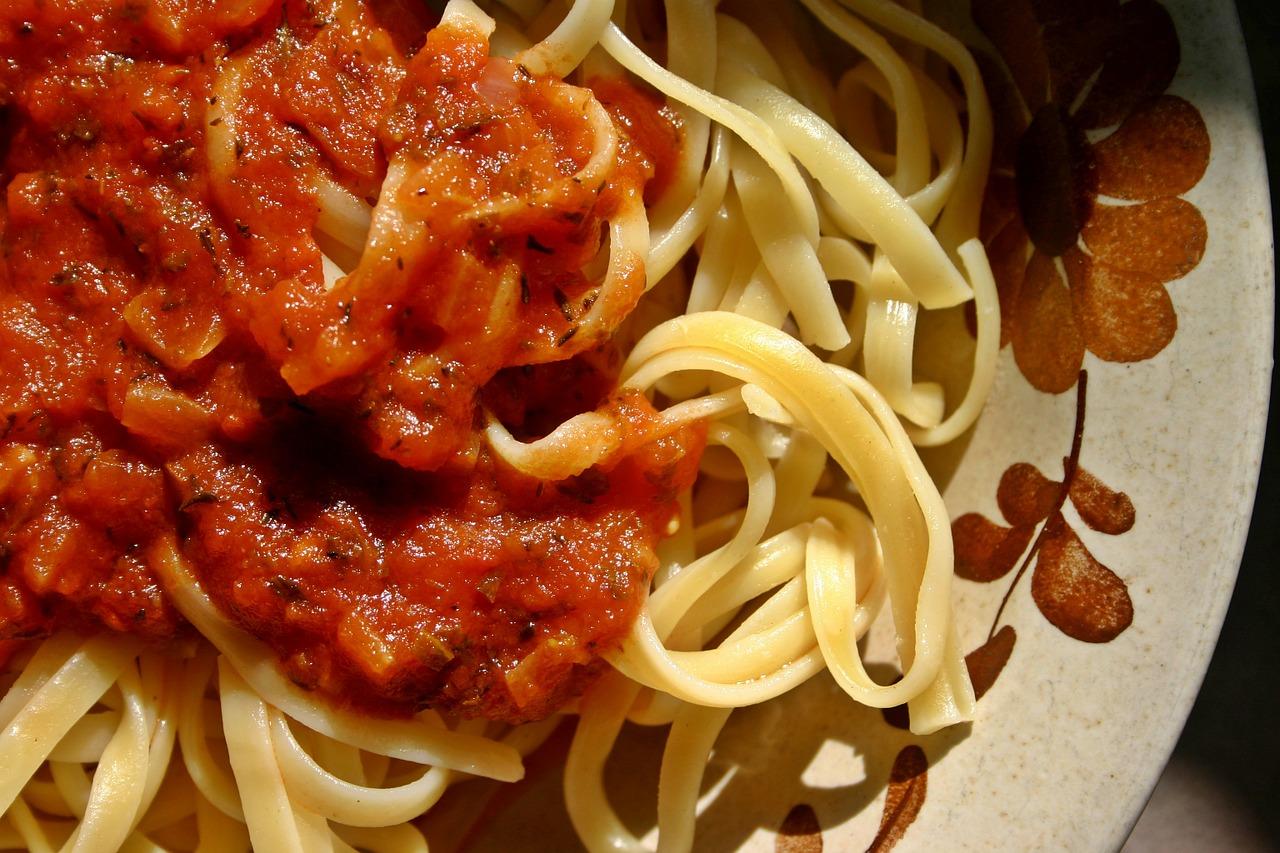
Pixabay
This one makes Italian restaurants tough to navigate. Many marinara recipes call for added sugar to bring out the sweetness of the tomatoes while cutting their acidity (and the same goes for tomato soups). If you really want a red sauce, you’re going to have to ask how the chef prepares it. But if you’re open to mixing it up, try a lemon garlic butter sauce instead. Full fat, yes, and a tasty indulgence, but free of added sugar!
5. Practically Every Asian Sauce
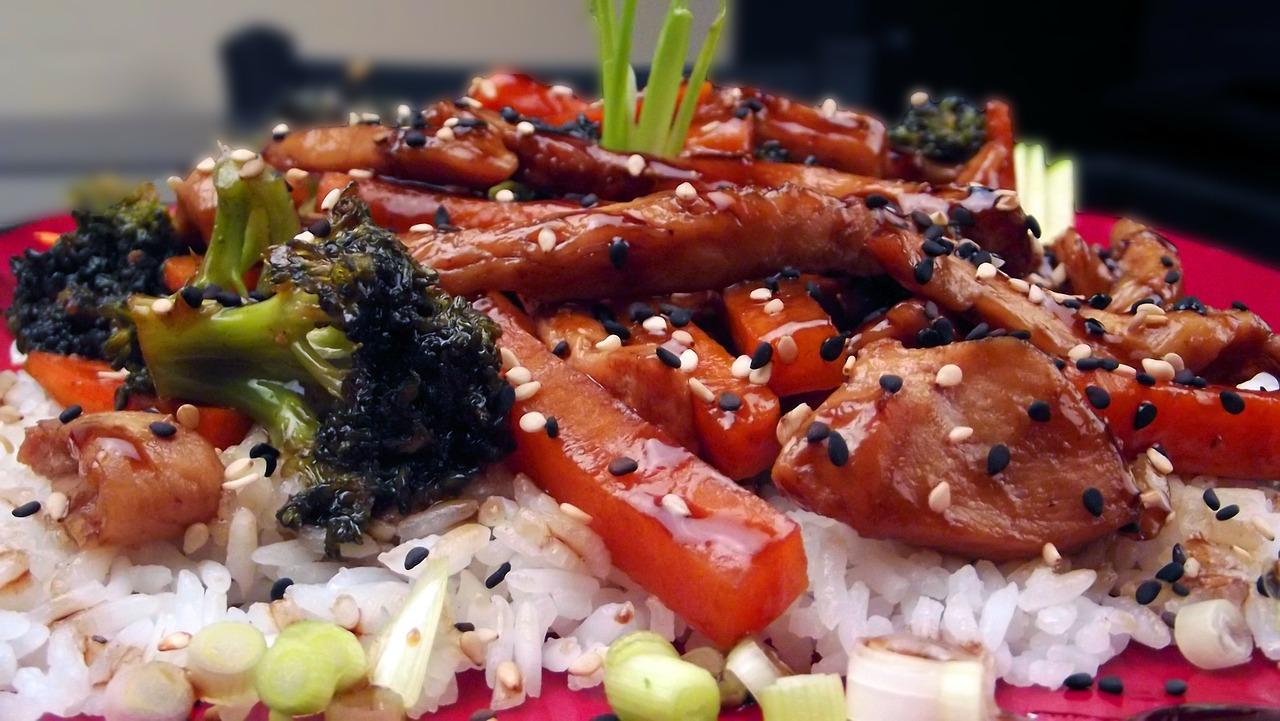
Pixabay
Sigh. Teriyaki, sweet and sour, ponzu, glaze… You name the sauce, and there’s likely a ton of sugar in it. The best way to leave these restaurants feeling like a winner is to pick a meal based on your love of the featured ingredients rather than the sauce they come coated in. A solid piece of seared or grilled fish and steamed veggies certainly isn’t what you had in mind, but it can be surprisingly satisfying if prepared well.
6. Ketchup And Barbecue Sauces
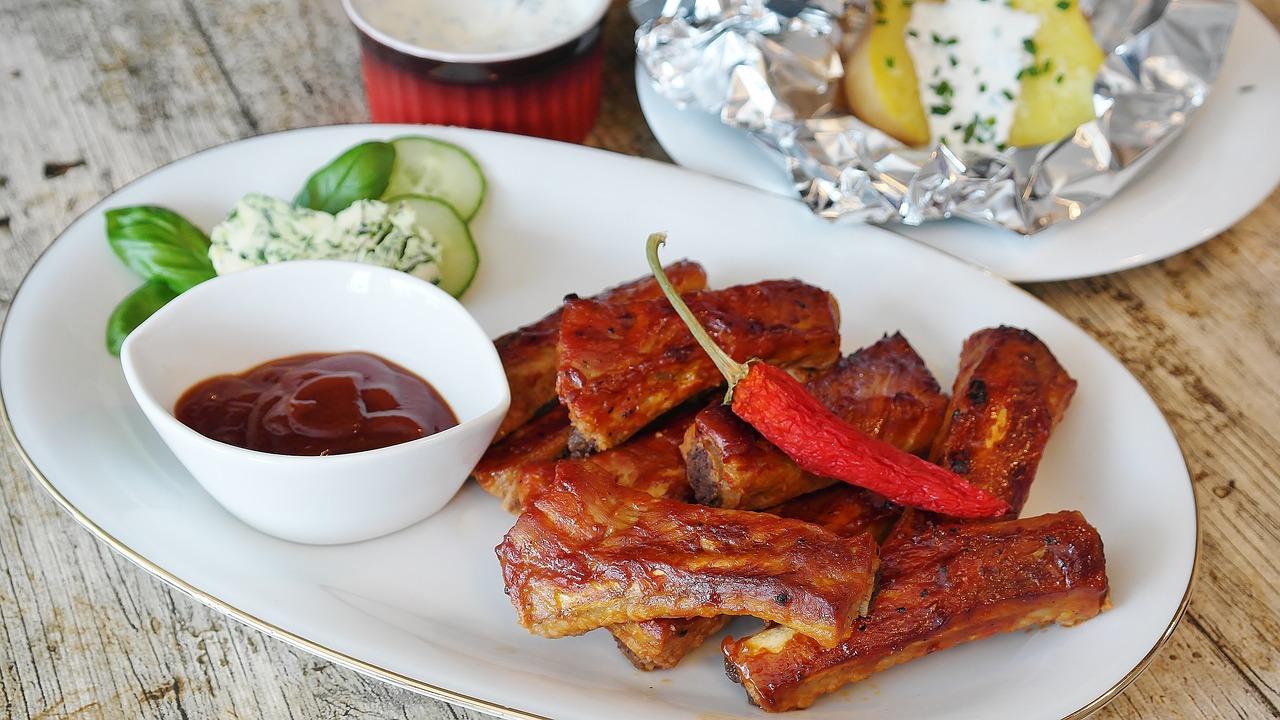
Pixabay
So many condiments are loaded with sugar — even the spicy ones (that’s how the offset the heat and make them palatable). Ketchup and barbecue sauce are some of the worst offenders, especially when we slather our entrees in them. So see if a dry spice rub can be used on those ribs, and stick to just mustard on that burger.
7. The Rice Rolled In Your Sushi
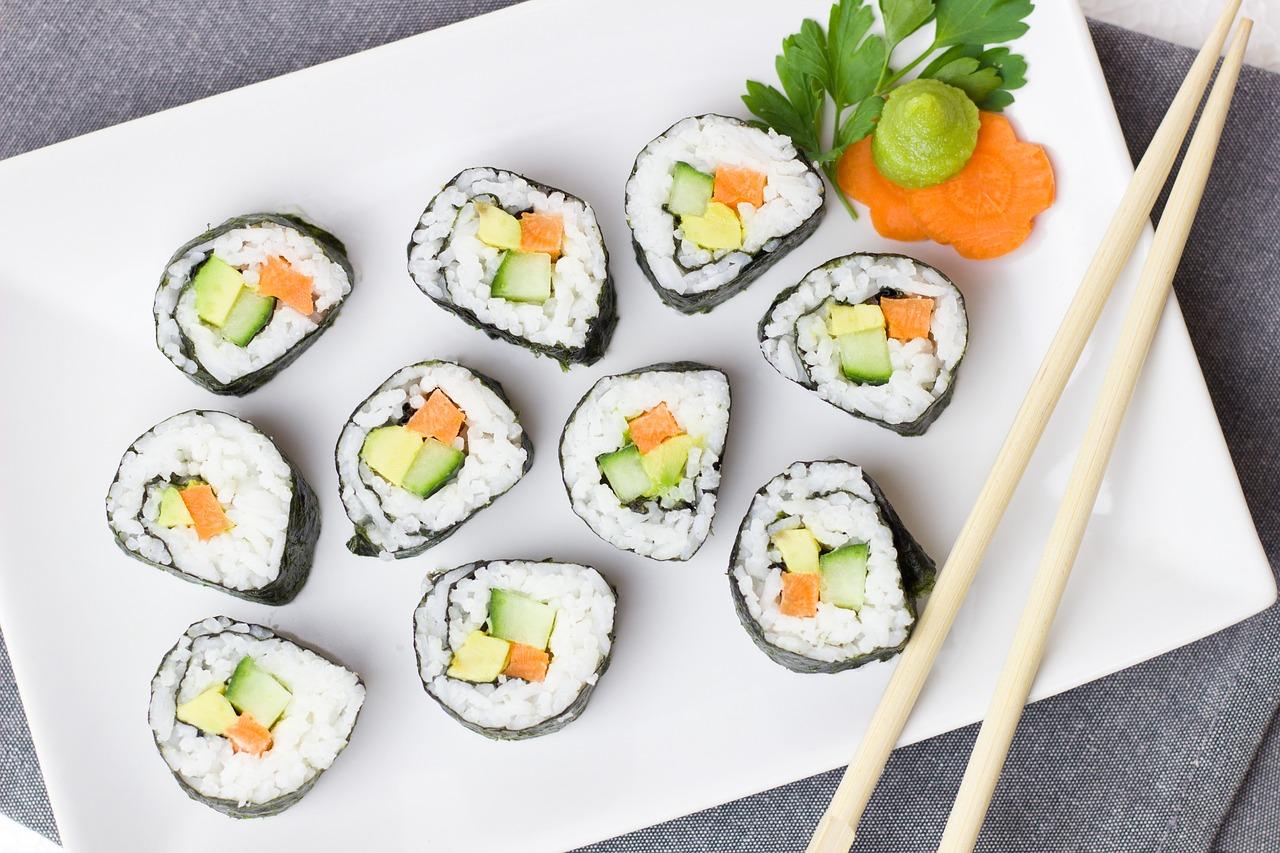
Pixabay
Nooo! The one food we thought was safe! Sadly, a lot of sushi rice uses sugar to find that perfect stickiness that holds those beautiful sushi rolls together. But don’t fear — you have options. See if the restaurant substitutes brown rice (which is less likely to include sugar), or switch out your typical roll choices with sashimi to nix the rice (and empty carbs) and really hone in on the flavors of your favorite fishies.
8. The Wine You Love Oh So Much

Pixabay
Okay, so this one is at the hands of the winemakers and not the restaurants, but still, we booze when we eat out and we need to know what we’re drinking. A lot of vineyards add sugar to their drier wines during the fermentation process and to varying degrees. Ugh. However, California doesn’t allow the addition of sugar to any wine at any point in the process, so if you make sure the bottle you select is from “The Golden State,” you’ll be in the clear.
Hopefully, this list made you excited to experiment with your favorite restaurant’s menu rather than sulk about how there’s “nothing you can eat.” The options are certainly there so long as you keep an open mind and get creative.











